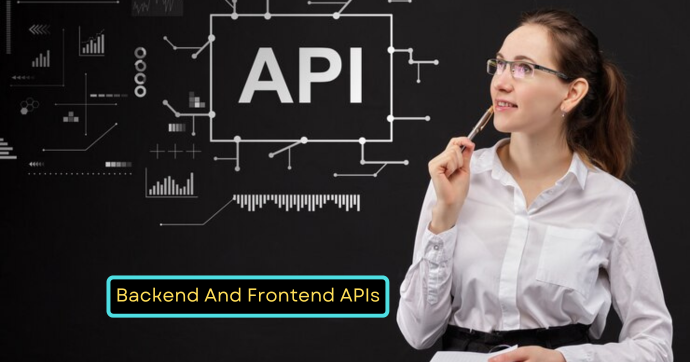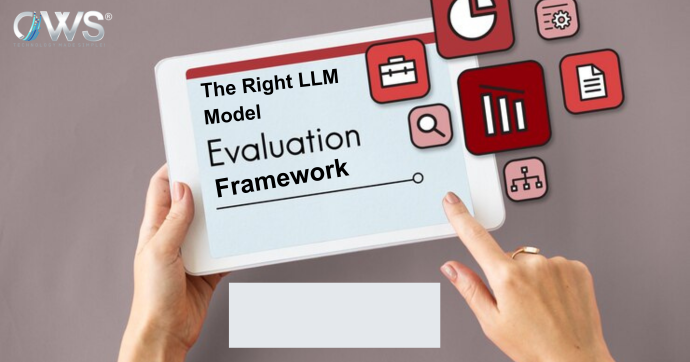APIs (Application Programming Interfaces) play a crucial role in enabling applications to communicate seamlessly. Whether you are building a web app, mobile app, or any other digital product, APIs serve as the bridge between different systems and platforms. If you are looking to enhance the user interface and overall experience, it’s crucial to hire frontend developer experts. However, not all APIs are the same—there are distinct differences between Backend APIs and Frontend APIs. In this blog, we’ll explore the key differences and why it matters when you’re planning to build or enhance your digital products.
What is an API?
Before we dive into the specifics, let’s briefly cover what an API is. An API is a set of rules and protocols that allows different software applications to interact with each other. They enable developers to access the functionality of an external service without needing to understand how it works behind the scenes.
Now that we’ve got the basics down, let’s break down the differences between backend APIs and frontend APIs.
What is a Backend API?
The Role of a Backend API
A Backend API typically operates on the server side of an application. It is responsible for handling data, managing requests from clients, processing business logic, and interacting with databases. In simpler terms, a backend API controls the server operations that users don’t directly see.
For example, if you’re using a social media app, every time you post an update, send a message, or like a post, a backend API manages the request by storing the data and fetching relevant information from the database. The backend handles the complex data processes, ensuring that everything runs smoothly.
Why You Might Need to Hire a Backend Developer
If you’re developing a product that requires secure data management, complex server-side logic or needs to handle thousands of requests efficiently, you’ll want to hire backend developer experts. These professionals ensure that the backend architecture of your application is both efficient and scalable.
What is a Frontend API?
The Role of a Frontend API
On the other side, a Frontend API is what the user interacts with. It typically runs on the client side (browser or mobile app) and handles what the end user sees and interacts with. Frontend APIs manage the UI/UX components like buttons, text, and images by interacting with the backend APIs to fetch or send data.
For instance, when you browse an e-commerce site and add items to your cart, the frontend API is responsible for updating the cart in real time. It communicates with the backend to ensure that your cart’s state is saved and reflects the right price and quantity.
When You Should Hire a Frontend Developer
To build an intuitive and user-friendly interface, you should consider hiring frontend experts. If your goal is to develop an interactive, responsive, and visually appealing product, you need to hire frontend developer professionals who specialize in building great user experiences.
Core Differences Between Backend API and Frontend API
1. Location of Execution
The primary difference between backend and frontend APIs is where they run. Backend APIs operate on a server, while frontend APIs are executed on the client side, such as a web browser or mobile app.
2. Data Handling
Backend APIs are responsible for handling and processing data, often by connecting to databases, managing authentication, and ensuring security protocols. Frontend APIs, on the other hand, retrieve and display this data in a user-friendly manner, focusing on the look and feel of the application.
3. Security and Complexity
Backend APIs often deal with more complex and sensitive information, like handling personal data, securing databases, and processing payments. Frontend APIs, while still important, are more concerned with presenting this information to the user in an engaging way, rather than managing it behind the scenes.
4. User Interaction
Frontend APIs are directly involved with user interaction. Any action that a user takes on a website or app, like clicking buttons or scrolling, is handled by a frontend API. Backend APIs, however, work in the background, ensuring that data is fetched and sent appropriately, without user interference.
How Backend and Frontend APIs Work Together.?
While both APIs serve different roles, they need to work in harmony for a smooth and efficient user experience. The frontend API communicates with the backend API to fetch or store information. For example, when you log into your email, the frontend sends your login credentials to the backend API, which verifies them. If correct, the backend sends the necessary data back to the frontend for display.
Without this communication, a website or app wouldn’t function properly. The backend would hold all the data, but there would be no way for the user to interact with it. Likewise, the frontend wouldn’t be able to perform any real tasks without receiving data from the backend.
Choosing the Right Developer for Your Project
When building a product that requires the use of APIs, it’s essential to know whether you need a backend developer, a frontend developer, or even both. Each type of developer has specialized skills that can make a significant difference in how your project is executed. However, if your project focuses on data management, processing, and scalability, you’ll want to hire best backend developer specialists to handle these operations efficiently.
Lastly, if your project requires the creation and maintenance of both backend and frontend APIs, consider working with an API developer. They have expertise in managing APIs across both the server and client sides, ensuring seamless integration and communication between the two.
Conclusion
Understanding the core differences between backend and frontend APIs is critical when building a modern application. While the frontend focuses on delivering an intuitive and visually appealing user experience, the backend ensures that data is managed, processed, and securely handled.
Hiring the right developer—whether it’s a frontend, backend, or API developer—is essential to the success of your project. By aligning the right expertise with your project’s requirements, you’ll be able to build a product that not only works efficiently but also provides a seamless experience for users.
Must Know-: Top Differences Web Development and Mobile App Development
Tags:
Relates Articles:-
- How To Use Java in Web Development: Frameworks, Tools, and Applications?
- Top 10 High-Paying Freelance Careers to Boost Your Business
- Top 10 Steps To Get Ahead of Artificial Intelligence
- What is PHP and How PHP is Used in Web Development?
- Mastering Chatbot Development: Best Practices For Developers








